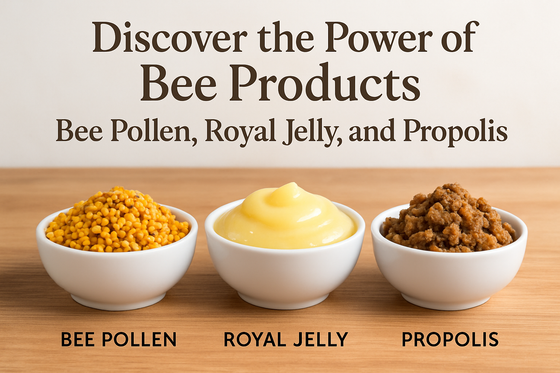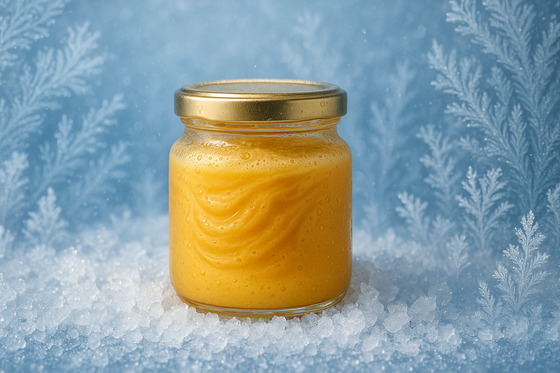
With all the work involved in preparing a Holiday dinner, wouldn't it be nice to have a dessert recipe that doesn't involve the oven? And who doesn't love a scrumptious pecan pie for dessert? These Pecan Pie Bars take care of the hassle-free prepping while providing the delicious dessert we all know and love around the holiday season.
These bars are deceptively nutritious for you, too. Featuring nutrient-rich dates and buttery pecans, they are full of a variety of B vitamins, iron, and fiber. The honey adds the subtle sweetness with the added antibacterial benefits your body needs during the flu season.
The only thing you need for this recipe is a food processor, baking pan and the ingredients. Now let's get started...
For the crust
1 c. Medjool dates, pitted
1 c. raw pecans
1 c. unsweetened shredded coconut
1/2 tsp. fine sea salt
For the filling
1 c. Medjool dates, pitted
2 Tbsp. Stakich Liquid Honey
2 Tbsp. coconut oil
1 c. raw pecans
1/4 c. water
1/4 tsp. fine sea salt
For the topping
1 c. pecans
1/2 c. dark chocolate
Comments will be approved before showing up.

Let’s get real about honey bees for a second: These little guys are basically the world’s MVPs. You think they buzz around making honey for your toast? Bees: The Real Foodies’ Wingmen, Here’s the serious bit: When bees start dropping off, it’s a big red flag for the environment. They’re like those canaries in the coal mine—if they’re not okay, odds are, we’re messing something up (pesticides, climate, you know the drill). Saving the bees isn’t just about saving honey; it’s about keeping our own butts.

Bee Pollen vs. Royal Jelly vs. Propolis: There are numerous bee products available, so let’s take a moment to examine the differences between bee pollen, royal jelly, and propolis.
Bee products have been revered for thousands of years, trans-culturally, for nourishment, healing, and well-being. Today, they are being rediscovered as natural superfoods. Three of the most popular treasures of the hive are bee pollen, royal jelly, and propolis. They’re often combined, but each is also quite distinct in its origins, components and health benefits. Appreciating these differences can help you make the most of what nature’s hardest workers offer.

Royal jelly is the royal bee food and a super nutrient-rich substance and to keep its health benefits intact it needs to be stored properly.
Knowing how to store it properly is essential to maintaining its potency. Whether you're using fresh royal jelly, freeze-dried royal jelly powder, or capsules, you need to be aware of their shelf life and best practices